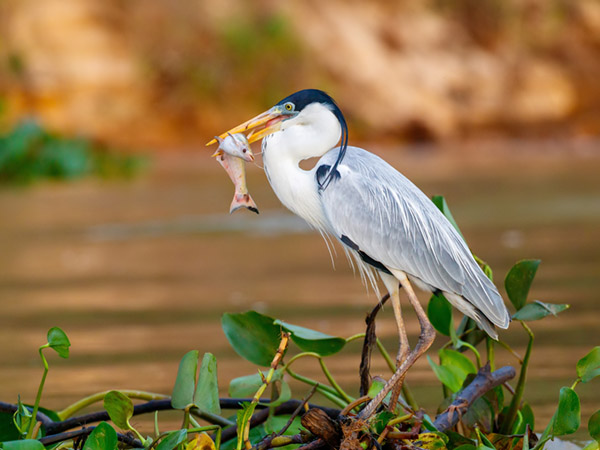
Grade:
Topic:
Unit:


In this lesson mini, students learn about different animals that live in wetland and pond habitats and the needs of animals within these habitats. Students focus on understanding how different environments provide the necessary resources for animals to survive. The activities engage students as they explore and identify unique characteristics and behaviors that help animals thrive in wetland and pond habitats. It also encourages the development of vocabulary and observational skills as students compare and contrast different habitats and the animals that live in them.

Minutes
Minutes
Minutes
Minutes
Minutes

Level-up current events into dynamic learning!